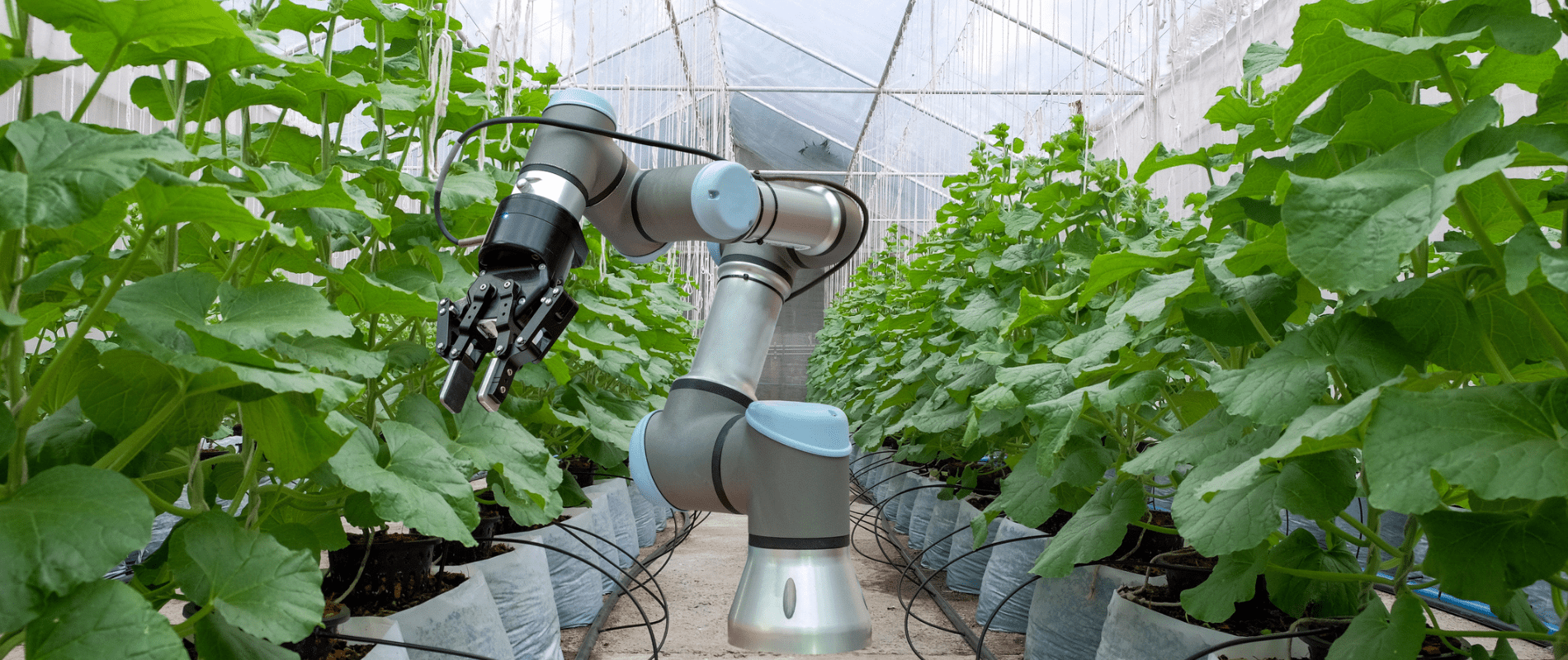The agriculture industry has seen many changes over the last 50 years, ranging from mechanical improvements in machinery, the broader usage and diversification of genetically modified crops and new digital management tools. These changes have expanded the scale, speed and productivity of Aussie farms, leading to more efficient production and land use.
However, with the world population on track to reach 9.7 billion by 2050, it is important that the agriculture industry continues to embrace improved technologies in order to keep up with the growing demand for the consumables it produces. With constantly evolving machinery and genetic modification, digital agriculture is set to greatly influence the future of agriculture.
In some ways agriculture has been slower to adopt new digital technologies than other similar industries. Whilst digital management tools such as Agworld are widely used, other available technologies that require more time and money investment, such as virtual fencing technology and the use of drones in livestock management, remain largely unadopted.
However, whilst these technologies have the potential to dramatically improve the scale, productivity and profitability of Aussie farms, there are two major obstacles standing in the way. The first of these is limited access to high-speed internet. Much of rural Australia currently lacks the connective infrastructure that many new technologies require to function correctly. Secondly, the benefits of new technologies for producers working across different scales of production have not been adequately demonstrated. The lack of readily available information on the benefits of new tech, backed up by empirical evidence has resulted in a perceived high learning curve, which further dissuades farmers from investing in new technologies. This means that even in areas that have the necessary infrastructure, farms have been slow to adopt digital tools.
The potential impact of adopting digital technologies is well documented. If these digital tools are used successfully, McKinsey & Company estimates that the agriculture industry could add $500 billion in value to the global gross domestic product by 2030, a 7-9% improvement from its expected total. Given this, in order for Australian producers to reach their full potential and optimise their output, it is essential that digital technology continues to be implemented on farms across the country. Further, the obstacles to adoption of new technologies need to be addressed by Government, the agri-tech industry, and its communicators. Providing farmers with new technologies is only the first step in the digital transformation of agriculture. To be fully empowered to use new tech, farmers need to be supported by sufficient infrastructure and accessible information about the benefits new technologies offer. Armed with these tools, Australian producers can continue to grow and evolve their business.
Story by Chris Watt.
